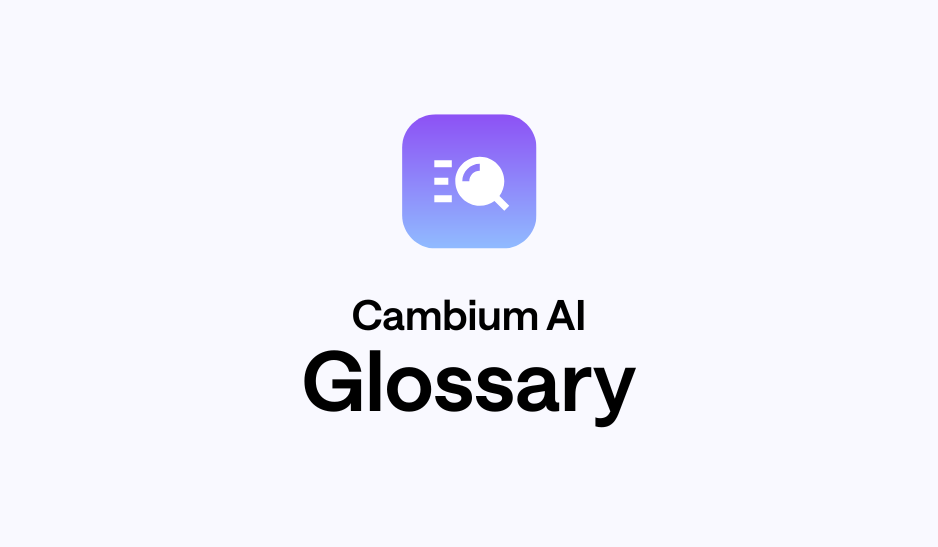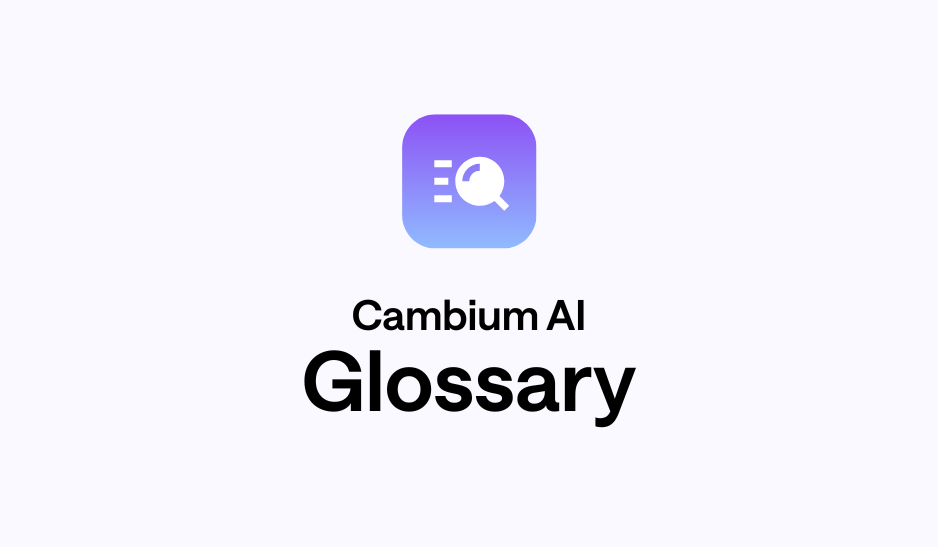Language Diversity Index | Demographic Glossary

Definition
A statistical measure (ranging from 0 to 1) indicating the probability that two randomly selected people in an area will speak different languages. A higher index indicates greater linguistic diversity.
Why It Matters
Provides a single, quantitative measure of the overall linguistic heterogeneity of a geographic area. It's a powerful tool for quickly assessing the complexity and cultural richness of a population's communication landscape.
Specific Relevance for Professionals:
Marketers
A high index signals a need for comprehensive multilingual marketing strategies, the potential for diverse product offerings, and the importance of culturally sensitive outreach to capture a highly varied consumer base.
Researchers
Fundamental for comparative demographic studies, assessing the impacts of immigration on linguistic landscapes, and understanding the social and economic implications of high linguistic diversity within communities.
Consultants
Crucial for initial market screening and strategic planning. A high index indicates a complex market that requires robust multilingual and multicultural strategies, informing investments in diverse services or communication channels for clients.
Public Policy Workers
Paramount for informing decisions on multilingual public services (e.g., signage, hotlines, public health information), allocating resources for translation and interpretation, and designing inclusive community programs for highly diverse populations.
